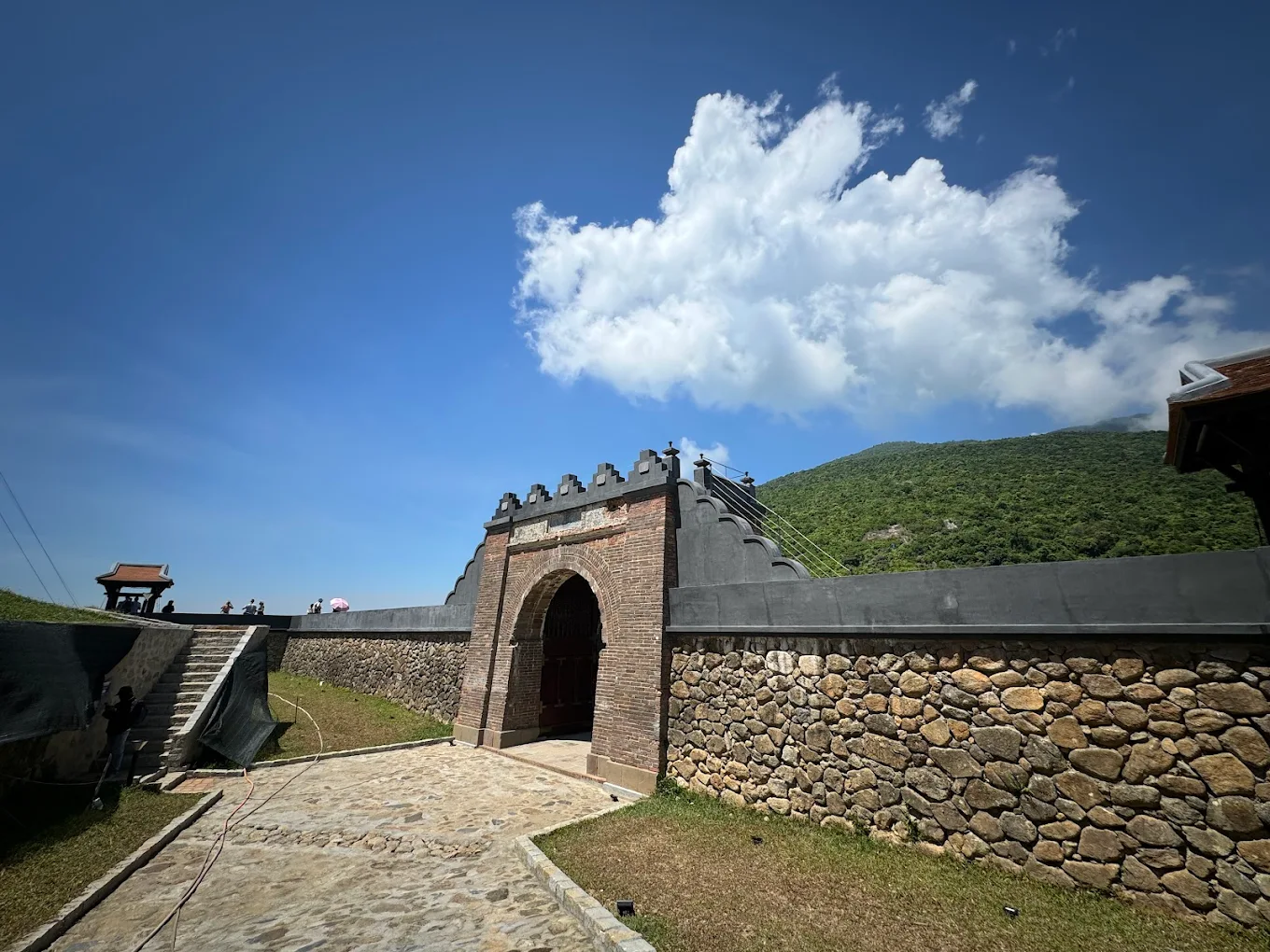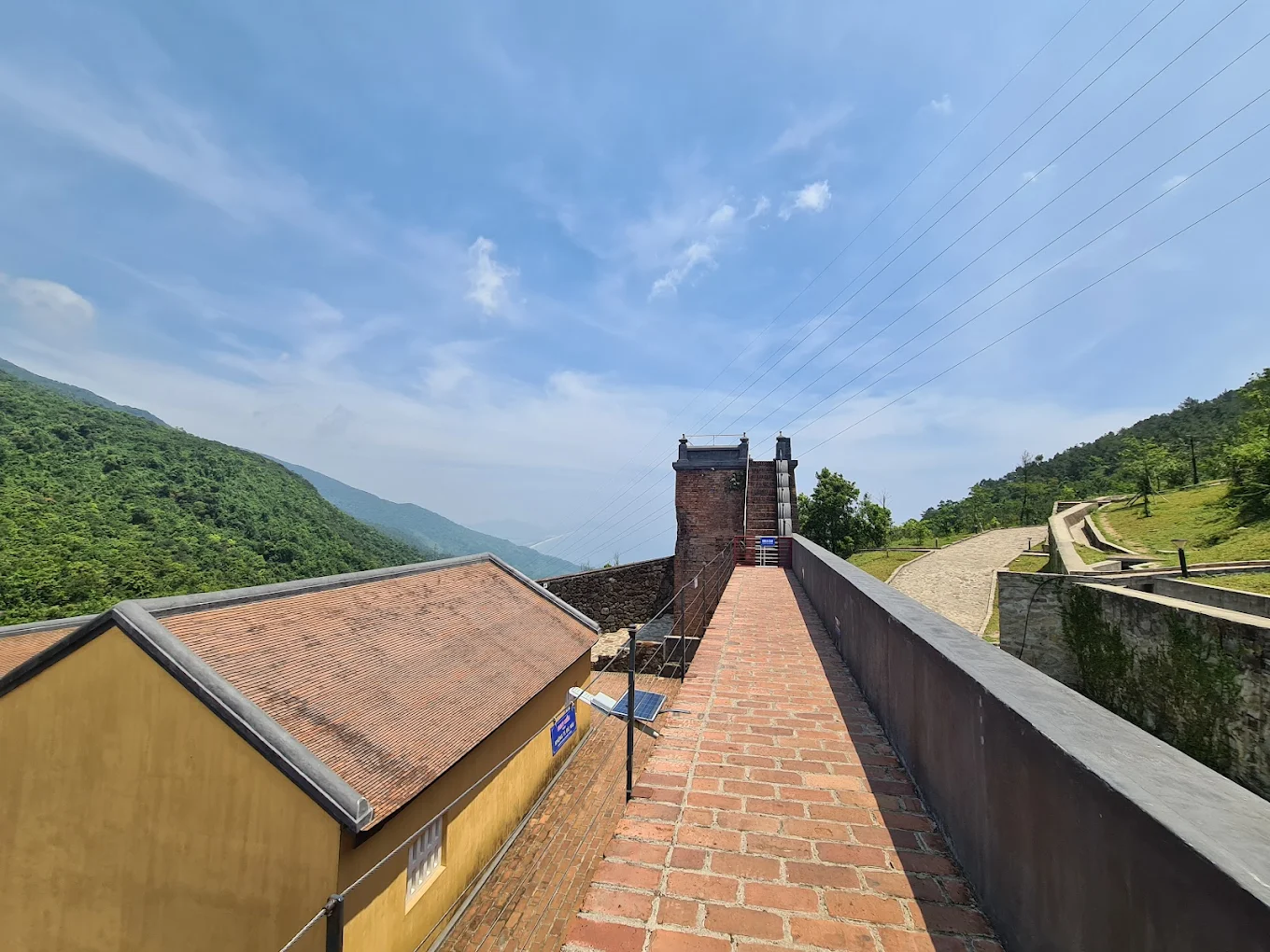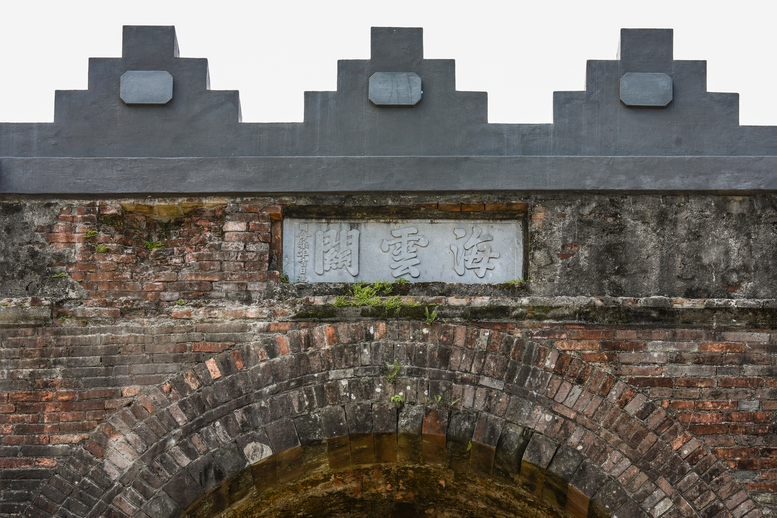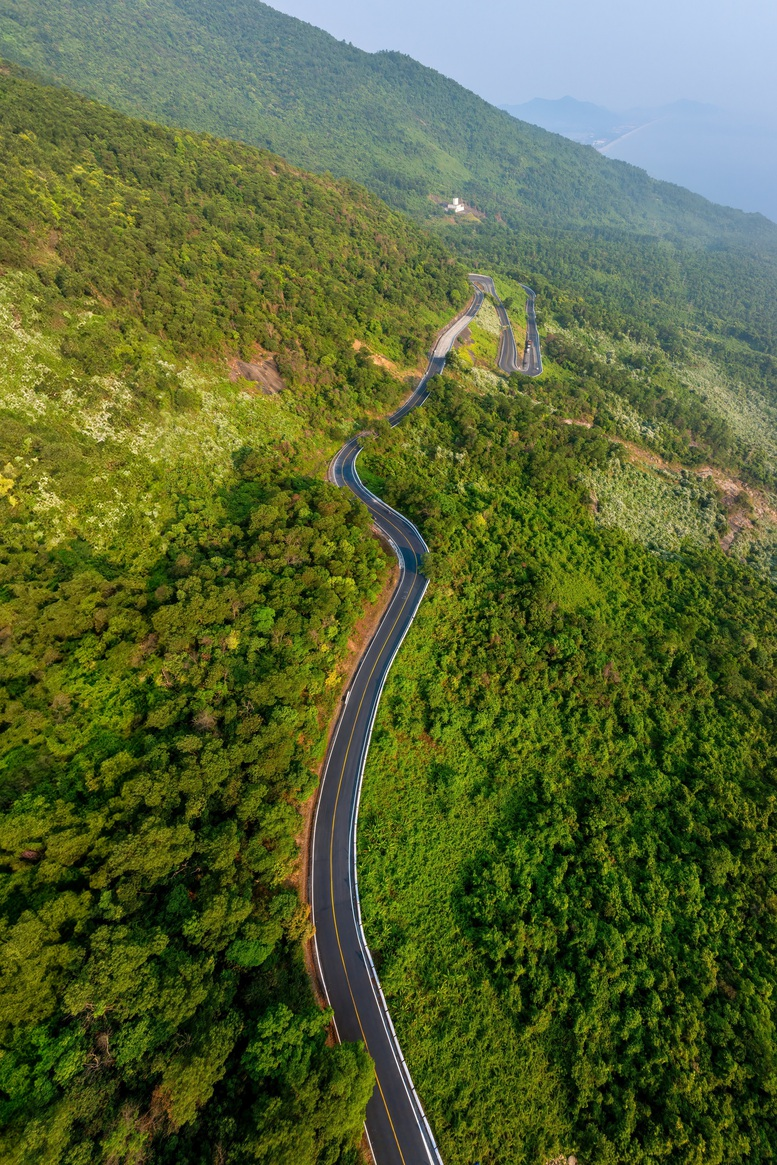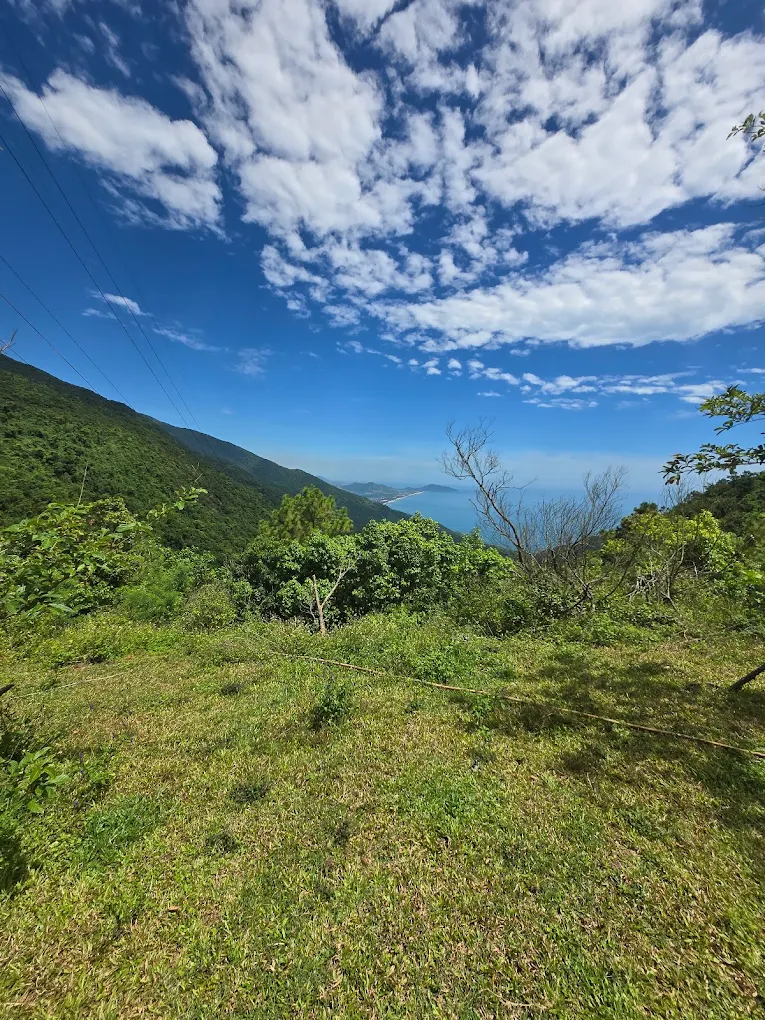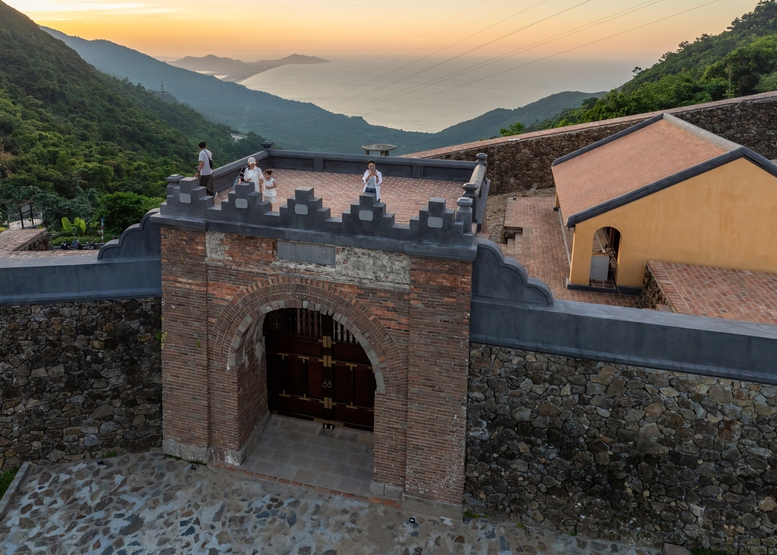A Gateway Between Worlds
Perched dramatically at the summit of Hai Van Pass, Hai Van Quan stands as a silent sentinel between Da Nang and Hue. This historic gate fortress, whose name translates to "Sea Cloud Pass," marks the geographical boundary between ancient kingdoms and embodies centuries of Vietnamese history.
At an elevation of 496 meters above sea level, the fortress offers breathtaking panoramic views where mountains meet the sea in a spectacular display of natural beauty. The mist that frequently shrouds the pass creates an ethereal atmosphere, giving visitors the sensation of standing between heaven and earth.
Built during the Tran Dynasty and later expanded by the Nguyen Lords, Hai Van Quan served as both a strategic military checkpoint and a cultural boundary between the northern and central regions of Vietnam.
